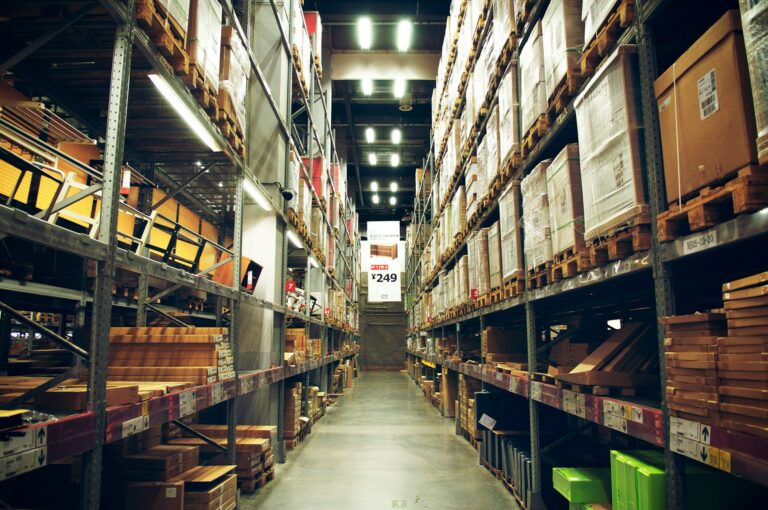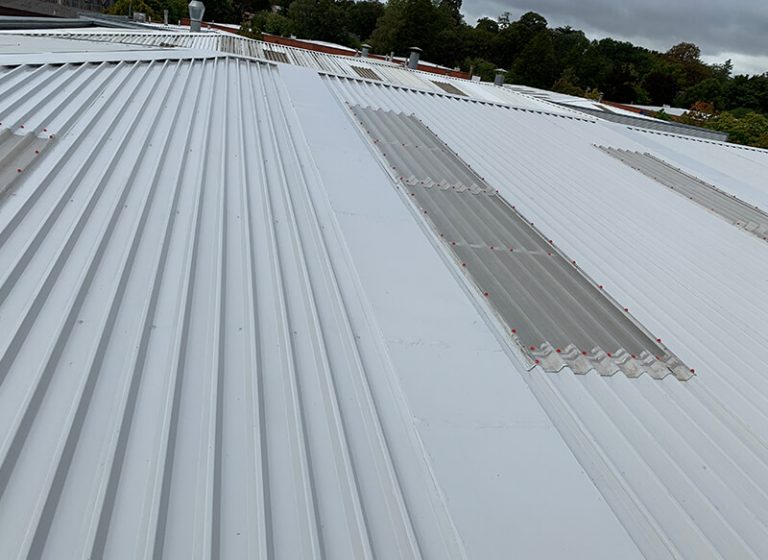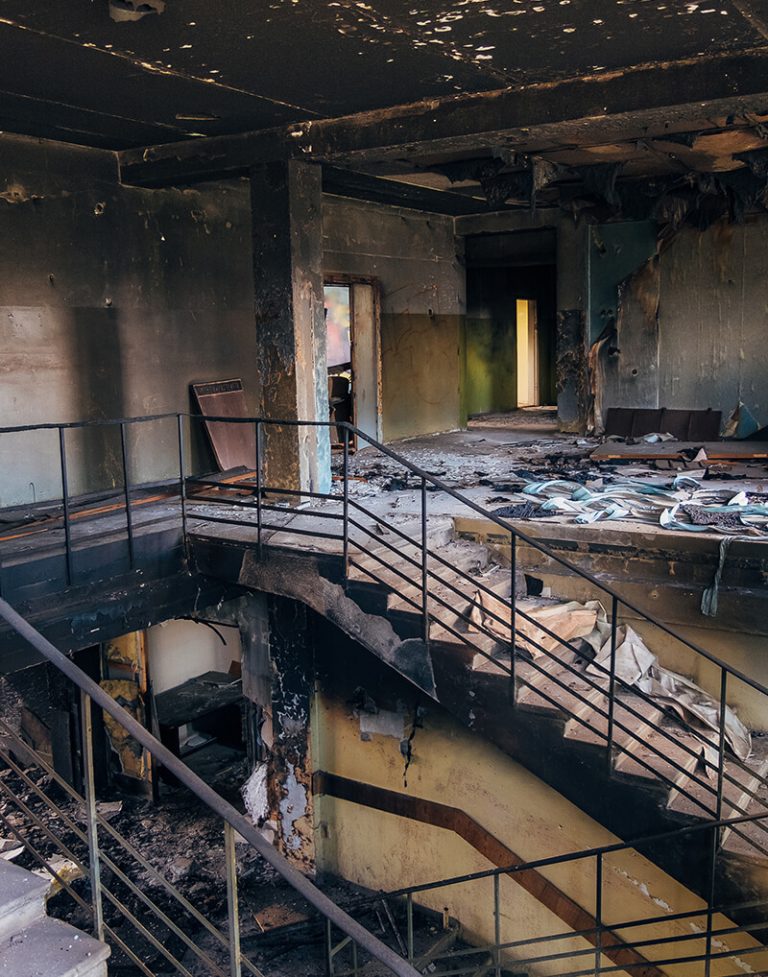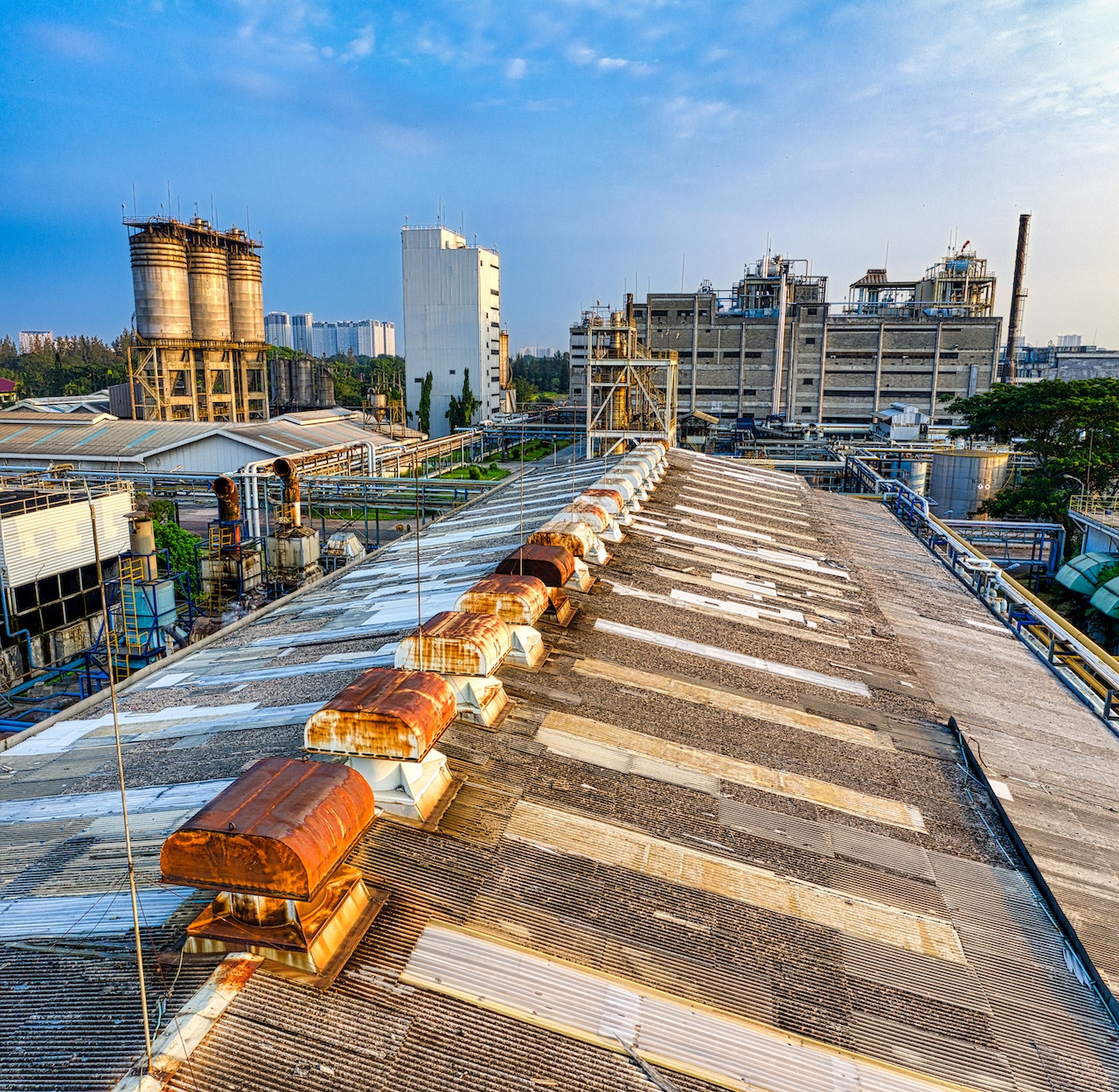
Cut edge corrosion is sneaky – it can start off looking fairly innocent, but if left, it can contribute to the destruction of the integrity of your building.
If you want to know what cut edge corrosion is, what causes this major problem, and the main ways it can wreak havoc, you’re in the right place.
Here are 5 ways cut edge corrosion can damage your property…
What Is Cut Edge Corrosion?
This phenomenon occurs on roofing and many types of metal cladding, whether they’re specially treated or not. It happens if the protective coating on your metal surface starts to degrade due to exposure.
When exposure happens, a few things start to affect the metal material. Pollution, weathering and just the natural ageing process of metals all take their toll on a cut edge.
A few factors can lead to cut edge corrosion, the most significant being exposure to salt, moisture or pollutants, and fluctuating temperatures. Poor initial installation, inadequate maintenance or further environmental factors come a close second in the projects we have worked on. When a cut edge experiences even one of these, it can quickly develop corrosion and rust.
The metal exterior cladding of a building will likely feature a coating or specialist protective finish. Should exposure take its toll, the natural elements can degrade the coating, making it less effective.
When it comes to your metal roofing, it’s much the same, as it’s highly likely you’ll have areas of cut edges or areas that are especially exposed to the elements. Roofs, unfortunately, are particularly susceptible to corrosion since they quite literally bear the weight of snow, rain and the harsh sun throughout each season.
Weakened Structure
The reason you don’t want cut edge corrosion to take hold is because of its consequences. Corrosion significantly weakens the structure of your building, particularly if your metal cladding or roofing is being used to strengthen or protect your property.
The risks include:
Water Ingress
Once the protective coating is damaged or degraded, your metal is no longer safe from the weather, moisture, oxygen and salt that occurs naturally in all climates. Once that happens, moisture seeps through the tiny holes in the metal that can’t be seen by the human eye. This worsens the rust and can damage your building.
Rust
One spot of rust is never the end of the problem. Where there’s one area of rust, there will be more very soon. That’s because rust is extremely destructive, quickly spreading and destroying the entire metal sheet – and neighbouring sheets on your building.
Breakable
Metal that’s already affected by corrosion is weakened from the beginning, but worse than this, over time, the metal becomes much more thin and brittle. It quickly becomes possible that your metal sheeting will either crumble away or fall away from its fixings entirely.
A Gateway To Bigger Problems
What seems like a small issue can easily escalate before your eyes. One day you may spot a penny-sized area of rusting on the edge of a piece of wall cladding. Within a week you can revisit that spot and notice it has doubled in size.
But that isn’t all that should worry you. Cut edge corrosion has the tendency to spread beyond your wall or roof cladding. After corrosion has set in, the rust can quite easily spread to other structural parts of your building.
This is particularly concerning if your property consists of metal framing or metal support beams.
This can seriously affect the integrity and safety of your building, and can become a much larger problem than you anticipated. Essentially, cut edge corrosion acts as a gateway to more corrosion and stability issues further down the line – but maybe not even that far.
Poor Energy Efficiency
Moving past the structural concerns, there’s another side to cut edge corrosion that’s probably less obvious.
When your cladding or roofing sheets become weakened and damaged by cut edge corrosion, it does a worse and worse job of insulating as time goes on. Your cladding and roofing play a vital role in the layering of insulation in your building. Without your metal cladding and roofing, your insulation and structure would be exposed to the elements entirely.
The insulation your exterior cladding provides is essential for keeping temperatures regulated indoors. And of course, poor temperature regulation leads to higher energy costs. Heat is able to escape during the winter, meaning radiators and heating is kept on for longer and at higher levels. And in the summer you’re forced to rely on air conditioning or fans to maintain temperatures.
Poor Appearance
Looks might seem unimportant, but many people judge a business by how it looks. Shabby and damaged buildings can make people feel that your business is the same.
Cut edge corrosion can start as subtle areas here and there, maybe even in places where your clients and staff wouldn’t notice it, but if left or improperly patched, the problem inevitably worsens.
Ineffective repair jobs and growing rust are simply an eyesore. No client wants to be greeted by big brown rust spots! A well-maintained and visually pleasing property is a reflection of your brand and shows the world that you’re a professional company that cares about reputation and profile.
Compromised Health & Safety
It should be no surprise that corrosion will cause health and safety concerns in your commercial or industrial building. Whether you have residents, visitors or staff within your property, there are some serious factors to consider if you’re dealing with cut edge corrosion.
When corrosion progresses, it can cause the metal to flake or peel. This means small, sharp-edged particles will be readily spread outside and even within your building. This can be a considerable safety risk should visitors, occupants, staff or even maintenance personnel pick up, step on or ingest these pieces of metal.
The structural integrity of a building is unequivocally linked to its safety too. When corrosion starts to weaken vital supporting elements, it makes structural failures highly possible. Support beams and load-bearing walls are particularly at risk should your building’s integrity fail due to spreading rust.
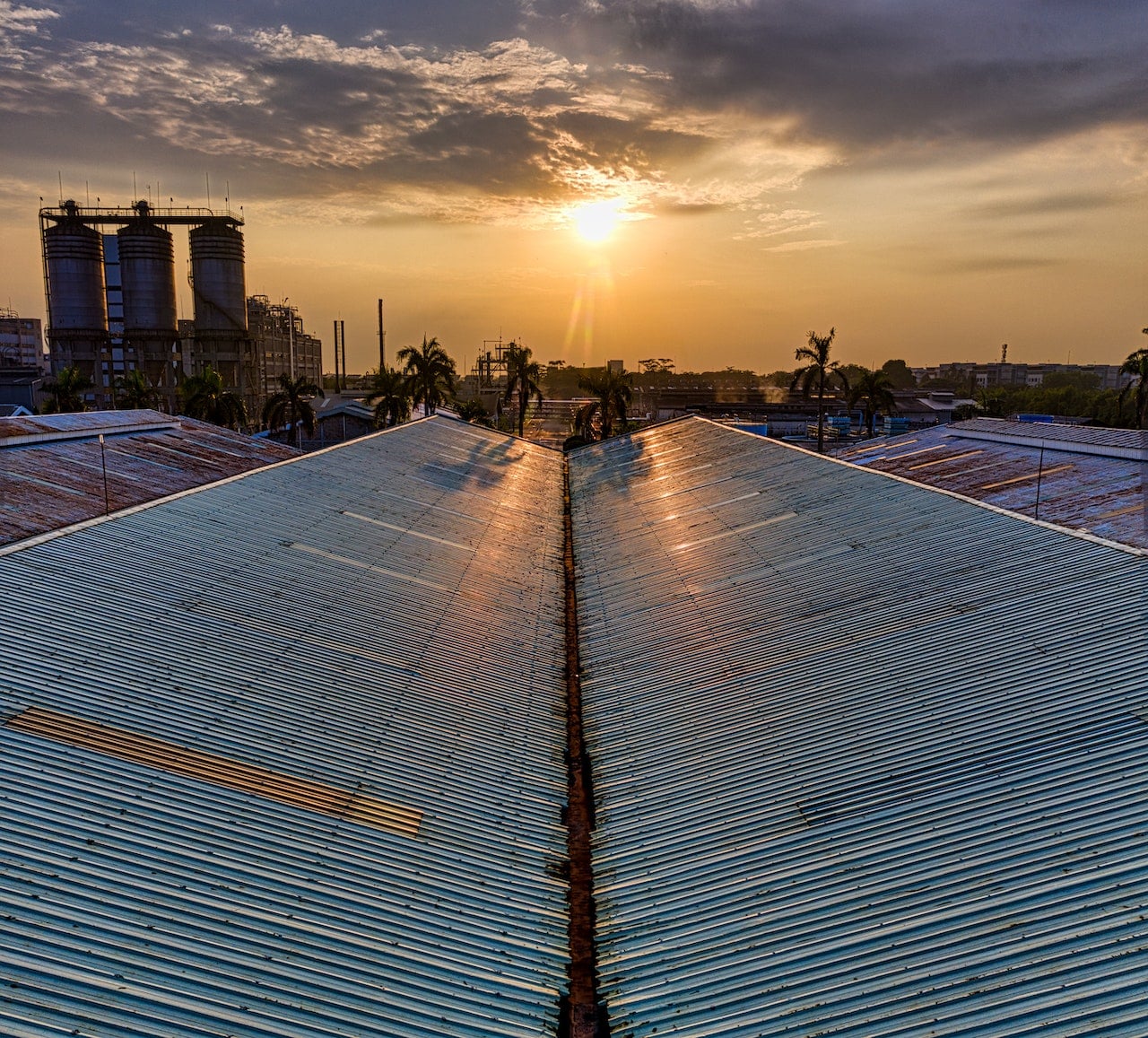
Preventing Destruction Caused by Cut Edge Corrosion
While corrosion of your cladding and roofing can pose grave threats, the good news is that you can definitely take steps to prevent rust and its many problems. You can:
Organise Regular Maintenance
By implementing a regular maintenance schedule with a professional company, you can be sure that your cladding and roofing is regularly checked, cleaned and repaired if necessary. This way you can solve the problem before it takes over.
Apply Coatings
You could think about applying additional protective coatings to any at-risk metal surfaces. These coatings can prolong the life of your building’s exterior.
Be Aware Of Rust
Simply having your cladding and roofing inspected could be the very least you can do to prevent corrosion. This way, you’ll know that you’re on top of any rust problems. A professional will spot them before they present significant issues.
The First Step To Protecting Your Building…
Something as seemingly simple as cut edge corrosion shouldn’t be the thing that ruins your building. Take action now to safeguard your building and the people within in.
Get in touch with our experts to find out about our cut edge corrosion prevention and remedial solutions that can help protect your property in the long term.

